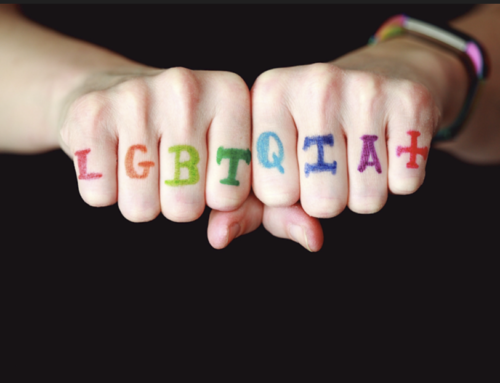We talk about a number of concerns related to adolescence, such as obesity, drugs, sex, bullying, communication, among other issues. However, there are several recent issues that are adding to the list of factors that impact adolescents.
First, social media adds to the above pressures with the expectation that one is always “on” for the outside world to observe and judge. In the past, a teen might have a sleepover and talk about what is going on at school, with the hope that much would remain private. Now, the pictures of who attended the sleepover and comments from the discussion appear on social media before the night is over. Also, because there are so many photo editing functions available, teens can spend time making sure the pictures they post are the best they can produce. Although many are aware that what is posted is highly edited, they continue to feel inferior when they see a “perfect” post, acting as if the post were just a casual creation. The comparison can encourage a feeling of “not being good enough,” impacting an already challenged self-esteem.
The fluidity of sexuality and gender identity are other sources for exploration and confusion. Along with the acceptance of difference and flexibility come decisions about where one fits along the continuum. As their bodies are changing, some actively question their sexual orientation and gender. The options to consider are broader than were discussed in the past. In addition to LGB, there are categories of Queer, transgender, non-binary, gender-expansive, and pansexual. In addition, teens are being asked to consider an aspect of their identity that had not been formally discussed before, i.e., their preferred pronoun. Some middle schoolers are being asked to choose their preferred pronoun by their teachers; the question is being brought up by the teacher and not necessarily by the middle schooler. For most, the choice of pronoun is simple, clear, and is consistent with their assigned gender at birth. However, for others that question may lead to a level of exploration they and their family may not have anticipated. Questions that arise for pre-teens and teens around these issues can serve to complicate an already difficult process of figuring out who they are, their developmental trajectory, and values.
Another area adding to the stress for adolescents is the threat of, or presence of, violence and hate crimes in their schools. With the recent violence in schools, there are now drills and directions on what to do if there is a shooter. In the 1950’s schools had air raid drills due to the Cold War with the Soviet Union and the possibility of missile attacks. While those drills occurred, for the most part there was not the sense of imminent danger. Now, with the knowledge of multiple attacks in schools throughout the country and the addition of metal detectors and security in school buildings comes a sense that an attack in a given school is a real possibility. Recently, students in a Cherry Hill, N.J. high school protested when they felt that the school had not developed an adequate security program. In addition to the threat of violence is the presence of hate crimes within the schools such as racist, anti-Semitic or homophobic graffiti and social media posts.
Finally, for many teens and their families, the current political climate has created an environment of fear, anger, and anxiety. As adolescents become more aware of their environment and of the politics around them, their sense of safety and security can be shaken. They may have moved from a sense that they are safe in their country and that values they support are endorsed by their government to a worry that the principles their family values are not endorsed by their government. Some may also worry about friends or family members whose immigration status puts them at risk for deportation. These concerns may extend beyond the borders of their own country as adolescents develop a wider awareness of the world at large.
Six ways to help teens with the stresses of this time:
- Listen – Teens benefit from having adults in their lives who are willing to listen to what they have to say, hear their concerns and take them seriously.
- Help them connect to available supports and resources when necessary. For some, the combination of stressors requires outside help to manage the emotions.
- Help them manage their stress – The first step in managing stress is to recognize when it is occurring by noticing symptoms, such as irritability, sleep problems, headaches, difficulty concentrating. Help teens identify strategies to reduce stress, such as reducing negative self-talk, reaching out to others for support, using relaxation strategies.
- Encourage mini-vacations from the stressors – Help teens find ways to take a break from stressors such as taking a device/technology break for an afternoon, a day, a weekend.
- Encourage teens to follow healthy sleep habits and include physical activity in their daily routine, both of which are important to mental and physical health.
- Work to manage your own stress – Many of the issues addressed above increase adult stress as well. It is helpful for adults to manage their own reactions so that they can be more available to the adolescents they want to support.
Sherry Pomerantz, Ph.D., is a psychologist in private practice, with offices in Bala Cynwyd and Rosemont. www.sherrypomerantz.com






